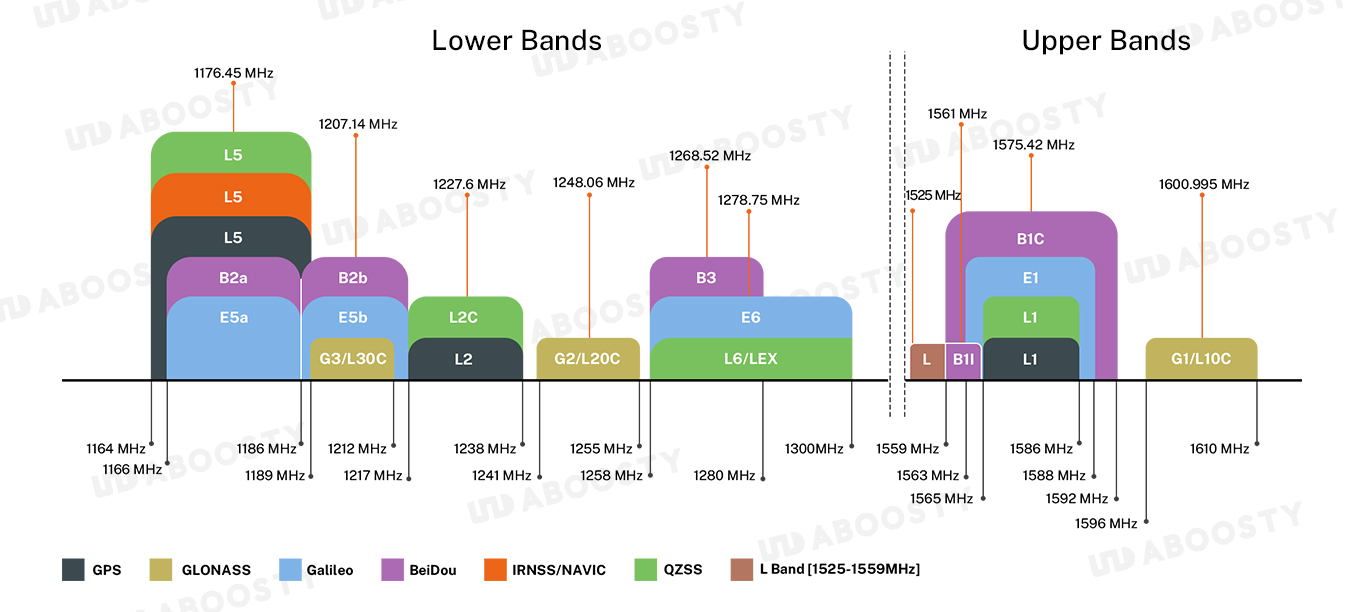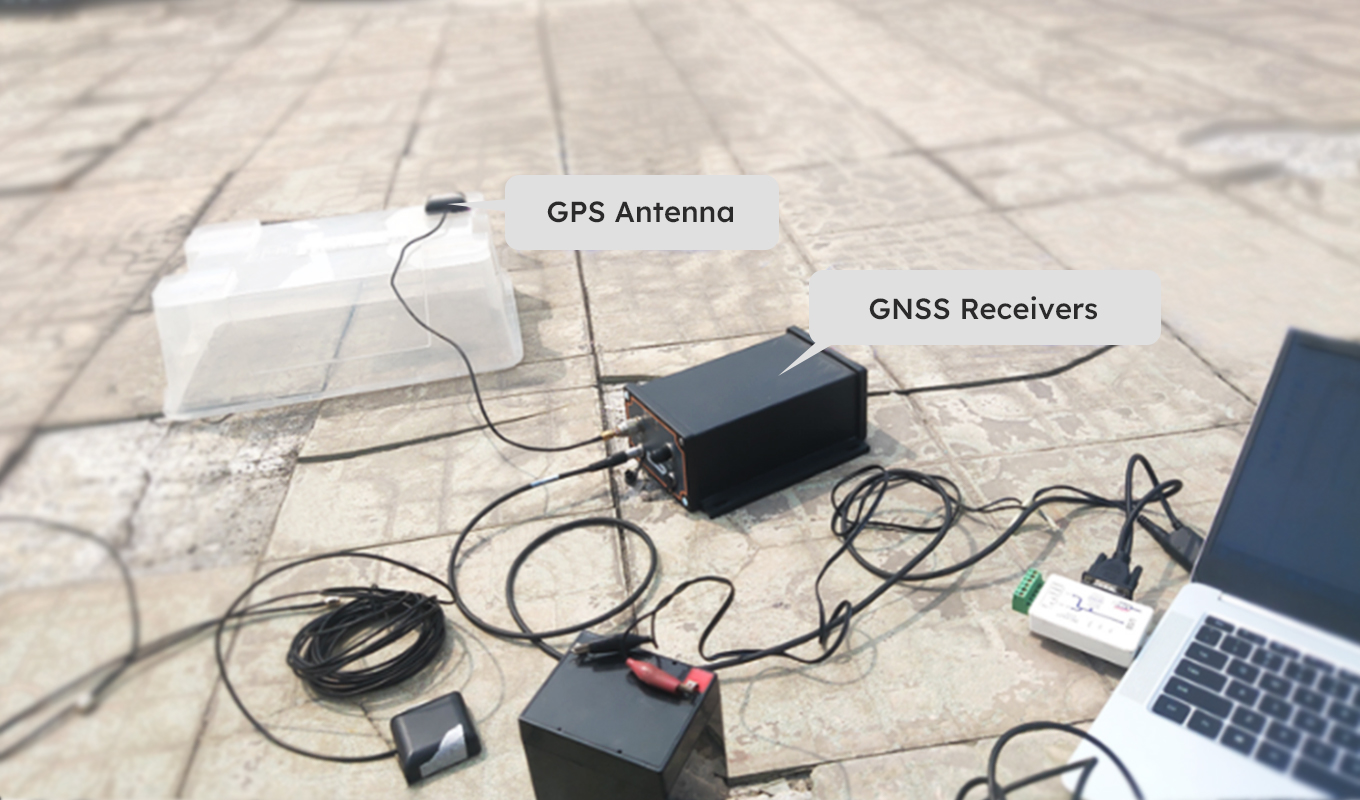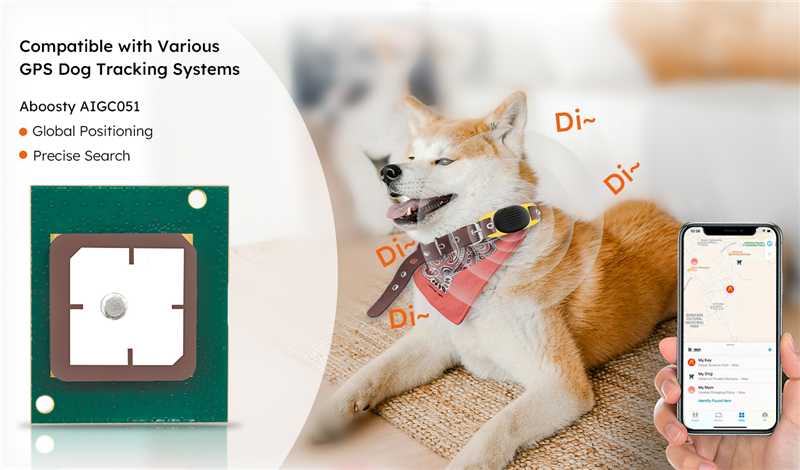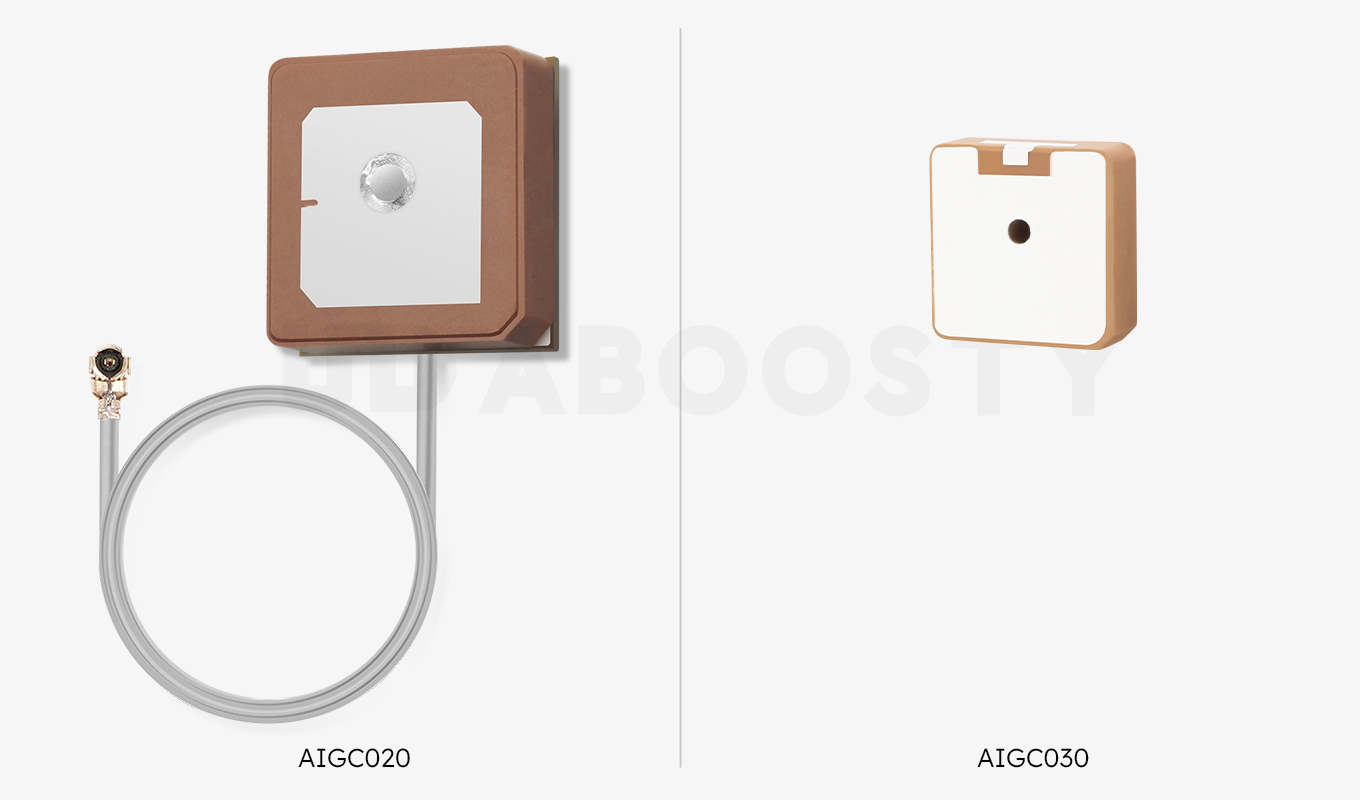From drones scanning farmland to self-driving cars navigating traffic, satellite navigation now powers far more than phones. GNSS—Global Navigation Satellite System—links constellations like GPS (U.S.), BeiDou (China), GLONASS (Russia), and Galileo (EU) to deliver global positioning with remarkable precision.
But for professionals using RTK systems, survey-grade tools, or industrial trackers, accuracy isn’t just about satellites. It often comes down to one small but critical piece: the antenna. This compact device filters and amplifies faint satellite signals, cutting through noise and distortion to deliver precise data. In high-precision applications, it’s the quiet cornerstone of dependable navigation.
Types of GNSS Antennas
| Feature | Passive Patch | Active Patch | Four-Arm Helix |
| Signal Amplification | No | Yes (with LNA) | Usually active |
| Size | Compact | Slightly larger | Moderate, light weight |
| Power Requirement | None | Requires voltage input | Usually requires voltage input |
| Ideal Use Cases | Trackers, wearables | UAVs, mapping drones | Harsh environments |
| All-band Support | Limited | More available | Less common |

Passive Ceramic Patch Antennas
These antennas are small, strong, and cheap. They are used a lot in GPS trackers, smartwatches, and fleet tracking systems. They are made with a ceramic slab mounted on a ground plane. Their strength is that they are simple. They do not make the signals stronger. Instead, they give the raw satellite data to the GNSS receiver.
Active GNSS Antennas
Think of these antennas as signal protectors. They have a low-noise amplifier (LNA) inside. This makes weak satellite signals stronger as soon as they are received. This happens before buildings, trees, or radio waves can mess up the signal. They are the best choice for very high-precision work in places where the signal might not be good: UAVs dodging signal dropouts, robots navigating warehouses, or any system needing rock-solid reception on the move.
Four-Arm Helix Antennas
With a corkscrew-like structure and 3D geometry, Four-Arm Helical antennas take a different approach—literally. Their shape allows them to grab signals from wide angles and low horizons, where satellites rise and fall quickly. That means fewer blind spots and better performance in rugged terrain or dense forests. Their natural resistance to signal reflection (multipath) makes them a favorite for demanding conditions where geometry meets geography.
Performance Parameters That Matter: What to Look for in GNSS Antennas
On the surface, many GNSS antennas appear identical. Underneath, the differences are technical—and critical. Performance depends on how well an antenna interprets, filters, and passes satellite signals to the receiver.

1. Gain (dBi)
Gain measures how effectively an antenna focuses incoming signal power. For GNSS, where signals come from above, the focus should be on zenith gain—performance at 90°. A higher zenith gain means better reception from overhead satellites, which translates to more accurate positioning in open-sky scenarios.
2. RHCP (Right-Hand Circular Polarization)
Satellites transmit RHCP signals. Antennas that match this polarization pick up stronger, cleaner signals. They also suppress reflected signals from buildings, water, or terrain—factors that usually distort accuracy. In mobile or obstructed environments, RHCP isn’t optional—it’s essential.
3. Axial Ratio
The axial ratio defines how precisely the antenna preserves circular polarization. Lower values (ideally under 2 dB) signal better immunity to multipath errors, which occur when signals bounce off surfaces before reaching the antenna. For high-precision use—like RTK surveying or autonomous guidance—tight axial control is non-negotiable.
4. Phase Center Stability
Every antenna has a phase center: the point where incoming signals are considered to converge. If that point shifts with changing angles or frequencies, the resulting data can skew. For centimeter-level tasks—like drone mapping or geodetic measurement—a stable phase center ensures consistent, repeatable accuracy.
5. Noise Figure
In active antennas, signal amplification introduces noise. The noise figure quantifies how much. Lower numbers (under 2 dB) mean the LNA (Low Noise Amplifier) adds minimal interference, letting the signal stay clean. A low noise figure boosts sensitivity, which helps when satellite signals are faint or partially blocked.
Match Antenna to Mission: Choosing Based on Application
Picking a GNSS antenna is not just about getting the most expensive one. Getting the right antenna for the job gives better results and saves money.
For Cheap Trackers and Fleet Tracking
Devices like asset trackers or simple GPS modules work well with passive antennas. A small antenna, like the Aboosty AIGC030, is good for this. It is a 12x12x4mm passive embedded ceramic GNSS antenna, built with SMT mounting for easy PCB integration. It works well with GPS L1 and BeiDou B1 bands, so it is good for tracking assets or monitoring vehicles. It performs well when mounted on a small ground plane and supports RHCP to keep good reception.

For UAVs, Surveying Tools, and Autonomous Systems
If signal clarity and positional accuracy are needed, then an active antenna with amplification is important. Aboosty’s AIGC020 is a good choice here. It is made for high-precision GNSS systems. It has a built-in LNA with 24.24 dB gain and a peak gain of 31 dB. It supports GPS L1, BeiDou B1, and GLONASS G1, and it works from 1550–1605 MHz. It is 18×18×4 mm and can be mounted with pins or adhesive. It works in very hot or cold places (-40°C to +85°C). People using RTK drones or mapping equipment will like that it is small and has a good axial ratio under 1.5 dB.
For Handheld Surveying and Personal Navigation Devices
Being easy to carry and having a clear signal are both important here. Passive patch antennas are still used a lot because they are simple. But antennas that can be changed—like having different connectors, packaging, or cable lengths—can make them easier to use. Aboosty’s product lineup supports such flexibility, providing OEMs the ability to fine-tune performance across form factors.
For Marine and Agricultural Use
GNSS antennas used in fields or on water need stable gain, strong multipath rejection, and environmental durability. High RHCP gain and low axial ratio help compensate for wave reflections or canopy interference. In these cases, active antennas with reinforced housing or protective coatings are often preferred. A waterproof casing is good, but it should not block the signal.
GNSS Antenna Design Tips for Engineers and Developers
Antenna performance often depends on how it’s installed. Even the best GNSS antenna can perform poorly with the wrong board layout or enclosure.
- Use a ground plane of the right size. For ceramic patch antennas, the ground plane acts like part of the antenna. For example, AIGC030 works best with a 20×20 mm ground plane.
- Keep metal away from the antenna. Metal parts can bounce or block signals. This lowers the gain and moves the phase center.
- The length of the cable matters for signal quality. This is especially true for passive antennas. Using shorter cables or better coaxial lines makes the signal better. If you have active antennas, the cable loss is less important because they make the signal stronger inside.
- Shield the receiver circuitry from EMI (electromagnetic interference). Components like switching regulators or wireless modules can produce interference that impacts satellite reception.
- Be careful about which way the antenna is pointing. If you mount a directional patchantenna at the wrong angle, you may get a significantly weak signal from overhead satellites.
Getting Accuracy Right from the Start
GNSS performance starts at the antenna. Every gain figure, axial ratio, and polarity parameter contributes to overall accuracy and reliability. Whether deploying trackers, developing mapping drones, or building connected machines, the right antenna helps achieve centimeter-level performance where it matters.
Aboosty offers standard and customizable GNSS antenna solutions for OEMs, researchers, and system integrators. From passive ceramic patch antennas like the AIGC030 to high-gain active designs such as the AIGC020, their lineup supports precision-driven applications across industries.

| Feature | Aboosty AIGC020 | Aboosty AIGC030 |
| Antenna Type | Active, Embedded Ceramic Patch Antenna | Passive, SMT Ceramic Patch Antenna |
| Frequency Bands | GPS L1 (1575.42 MHz), GLONASS G1, BeiDou B1 (1561.098 MHz) | GPS L1 (1575.42 MHz), BeiDou B1C (1575.42 MHz), BeiDou B1I (1561.098 MHz) |
| Operating Frequency | 1550–1605 MHz | 1575.42 ±2 MHz / 1561 ±2 MHz |
| Dimensions | 18 × 18 × 4 mm | 12 × 12 × 4 mm |
| Internal Ceramic Patch Size | 18 × 18 × 2 mm | Not specified |
| Connector Type | IPEX 1 (Right Angle) | Not applicable (PCB mount) |
| Cable Type / Length | RF1.13 coaxial, 100 mm or 150 mm,Customizable | Customizable |
| Input Voltage | 3.3V | N/A (Passive antenna) |
| LNA Gain | 24.24 dB | N/A |
| Impedance | 50 ohms | 50 ohms |
| Axial Ratio | <1.5 dB | Low |
| Noise Figure | Max 1.5 dB | N/A |
| Polarity | RHCP | RHCP |
| Mounting Style | Pin / Adhesive | Pin / Adhesive |
| Termination Style | Connector (IPEX 1) | PCB |
| Operating Temperature | -40°C to +85°C | -40°C to +85°C |
| Mechanical Style | Ceramic patch | Ceramic |
| Certifications | RoHS & REACH Compliant | RoHS Compliant |
| Customization Options | Cable length, connector type, logo, packaging | Cable length, connector type, logo, packaging |
| Applications | High-precision GNSS systems, RTK/PPK drones, robotics, surveying, autonomous systems | GPS tracking systems, geodetic surveying, wearables, fleet tracking, IoT devices |
Do you have a unique need? Aboosty supports customizations that include connector types, cable lengths, packaging, and even branding, so the antenna fits the design instead of forcing compromises.
